.jpg)
Stockholm public library. Photo: Simon Paulin/Image Bank Sweden

Swedish students enjoying a fika. Photo: Susanne Walström/Image Bank Sweden
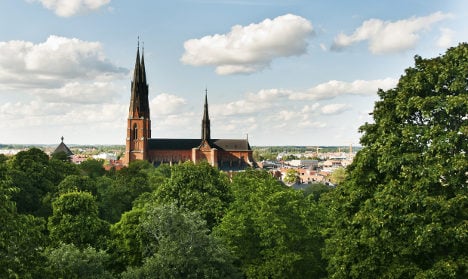
Uppsala Cathedral during sunnier weather. Photo: Samir Hadi/Image Bank Sweden
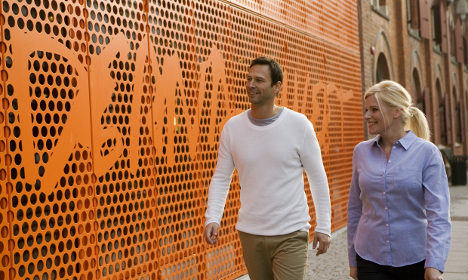
Visitors arriving at the Moderna Museet in Malmö. Photo: Miriam Preis/Image Bank Sweden
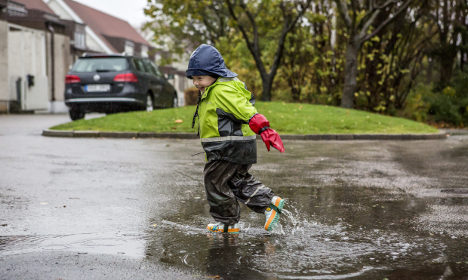
If the kids can do it, why can't you? Photo: Emilie Asplund/Image Bank Sweden

The Vasa Museum. Photo: Melker Dahlstrand/Image Bank Sweden
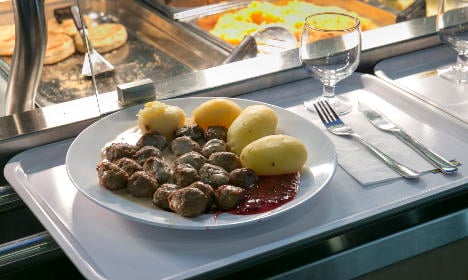
Ikea meatballs. Photo: Heiko Junge/TT
For more tips on what to do in Sweden this week, check out the interactive calendar below.
DoTodaySearch.init({ “singleurl”:”https://www.thelocal.se/page/view/whats-on-in-sweden/”, “language”:”en”, “widget”:11618736});
DoTodaySearch.init({ “singleurl” : “https://www.thelocal.se/page/view/whats-on-in-sweden/”, “language” : “en”, “widget” : 11618736 });

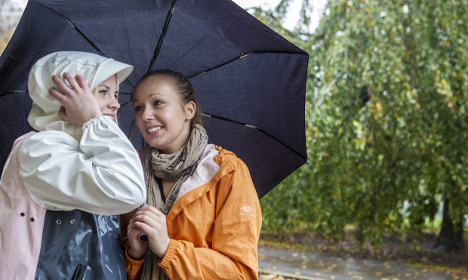

 Please whitelist us to continue reading.
Please whitelist us to continue reading.